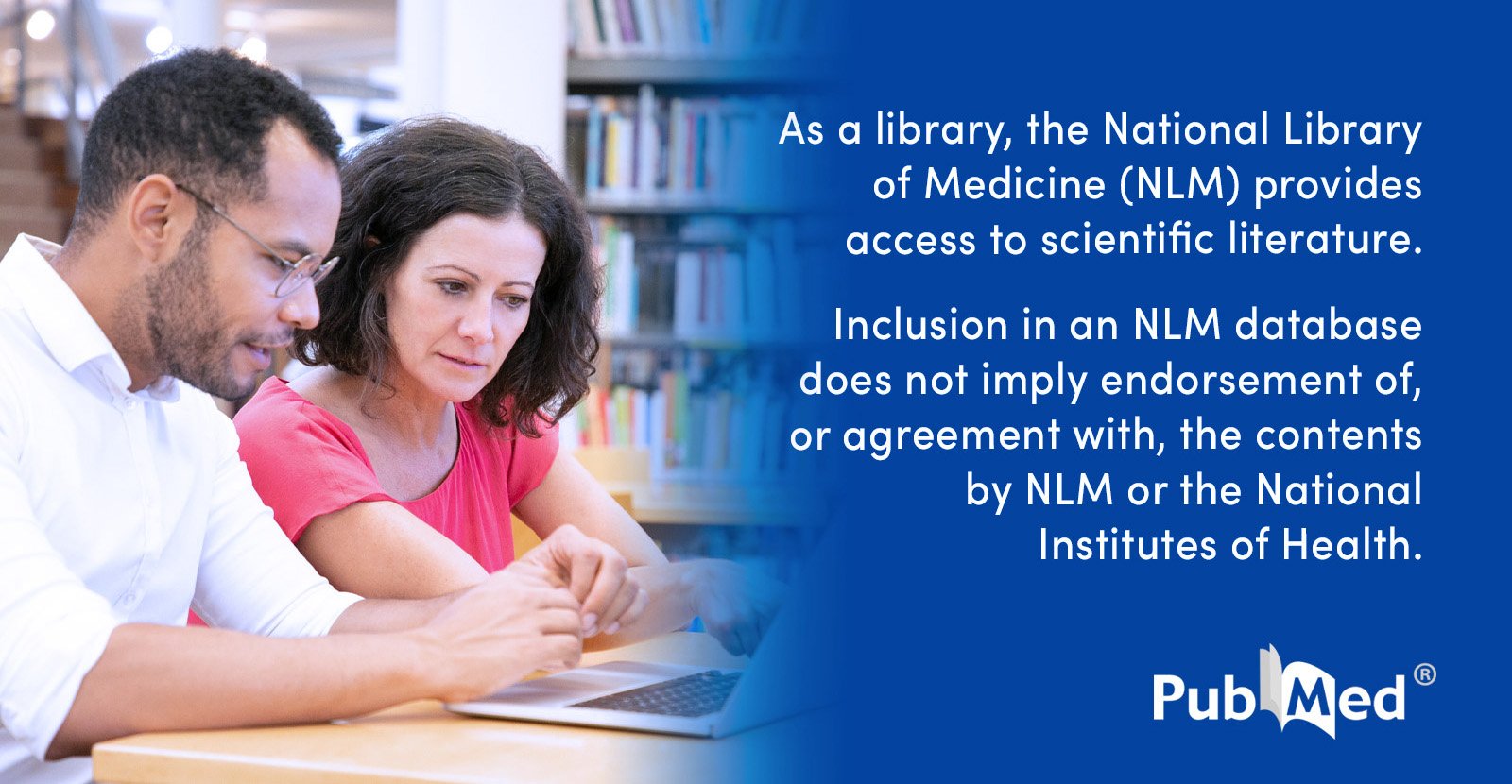EULAR Issues Recommendations for Knee OA Platelet-Rich Plasma Injections
Jun 11, 2020
Katie Robinson
Relevant Topics
An expert consensus on the first clinical practice recommendations for platelet-rich plasma (PRP) injections in knee osteoarthritis was presented at the European Congress of Rheumatology annual meeting.
An expert consensus on the first clinical practice recommendations for platelet-rich plasma (PRP) injections in knee osteoarthritis was presented at the European Congress of Rheumatology (EULAR) annual meeting.
“There has been much debate regarding the use of intra-articular injections of platelet-rich plasma as symptomatic treatment for knee osteoarthritis,” said Florent Eymard, M.D., of the Henri Mondor Hospital in Créteil, France. “The heterogeneity of the preparation and injection protocols limits the extrapolation of data from randomized controlled trials and meta-analyses.”
The task force of 15 physicians settled on 25 recommendations, with strong agreement on only one recommendation that intra-articular PRP treatment for knee osteoarthritis may include one to three consecutive injections.
The main recommendations, with relative agreement, also include: Benefit in early, moderate and severe knee osteoarthritis: Intra-articular injections of PRP are an efficient treatment of early or moderate symptomatic knee osteoarthritis and may be useful in severe knee osteoarthritis (Kellgren-Lawrence grade IV).
When to use: PRP injections should be proposed as second-line therapy, after failure of non-pharmacological and pharmacological symptomatic treatment.
When to avoid: PRP injections should not be performed in osteoarthritis flare-up with significant effusion.
Treatment specifics: Leukocyte-poor PRP is preferred for knee osteoarthritis treatment. PRP should not be mixed with injectable anesthetic or corticosteroid.
However, there was no consensus on whether PRP injections should be performed under ultrasound or fluoroscopic guidance.
In a separate presentation at the EULAR meeting, Seyed Ahmad Raeissadat, M.D. of the Shahid Beheshti University of Medical Sciences in Tehran, Iran, referred to knee osteoarthritis as one of the most important leading causes of disability and relative dependence. While intra-articular injections are among the minimally invasive methods recommended for knee osteoarthritis management, a large array of products have been used.
Dr. Raeissadat and colleagues randomized 200 patients with mild to moderate knee osteoarthritis to intra articular injections of hyaluronic acid, PRP, plasma rich in growth factors (PRGF), and ozone. While ozone injections had rapid effects and better short-term results after two months, the therapeutic effects did not persist after six months. At the six-month follow up, PRP,PRGF and hyaluronic acid were superior to ozone.
“Only patients in PRP and PRGF groups improved symptoms persisted for 12 months,” Dr. Raeissadat said. “Therefore, these products could be the preferable choices for long-term management.”
REFERENCE
AB0862 (2020) Consensus Statement On Intra-Articular Injections Of Platelet-Rich Plasma For The Management Of Knee Osteoarthritis. Florent Eymard, M.D. 2020 EULAR E-Congress
AB0878 (2020) The Comparison Effects Of Intra-Articular Injection Of Platelet Rich Plasma, Plasma Rich In Growth Factor, Hyaluronic Acid, And Ozone In Knee Osteoarthritis; A One Year Randomized Clinical Trial. Seyed Ahmad Raeissadat, M.D. 2020 EULAR E-Congress

 josr-online.biomedcentral.com
josr-online.biomedcentral.com




